Tunnel Vision Leads RIPTA Riders Through College Hill
Century-old passage scheduled for needed facelift
March 6, 2024
PROVIDENCE — The “DO NOT ENTER” signs that loom large and red at both the North Main and Thayer Street entrances of the East Side Bus Tunnel do little to prevent amateur street artists or wannabe Formula 1 drivers from occasionally trespassing underneath College Hill.
Graffiti of variable taste and skill lines the tunnel walls anywhere someone can reasonably reach by themselves or on a friend’s shoulders. Dings on guardrails and a missing pillar on the bus shelter at the bottom of the hill mark illegal forays into the subterranean passage.
By law, only buses and emergency vehicles can use the tunnel, but ecoRI News recently walked through it, legally, with a construction crew that surveyed the site for improvements that are scheduled to start this spring.
The construction, the first major improvement to the tunnel since the 1990s, includes maintenance and a facelift for the 110-year-old structure that is all at once a relic of the past, an ongoing subject of urban legend, and an essential feature of public transit in Providence.
For anyone who has climbed College Hill, whether by foot, bicycle, or car, they may not know that it is a 15-degree gradient, but they can certainly feel it.
Although it is easy to cruise up the hill — albeit daunting — in a car, about a century ago, the trolleys and horse-drawn carriages that took people to and from the neighborhood couldn’t make the trek.
“They used to jokingly say they had to either go to the East Side or downtown by way of Warren, which of course is ridiculous,” transit historian Scott Molloy said. “But in order to get up to the hill, they had to go all the way down to Fox Point, then through North Main Street and circle up around where the gradient was not so high.”
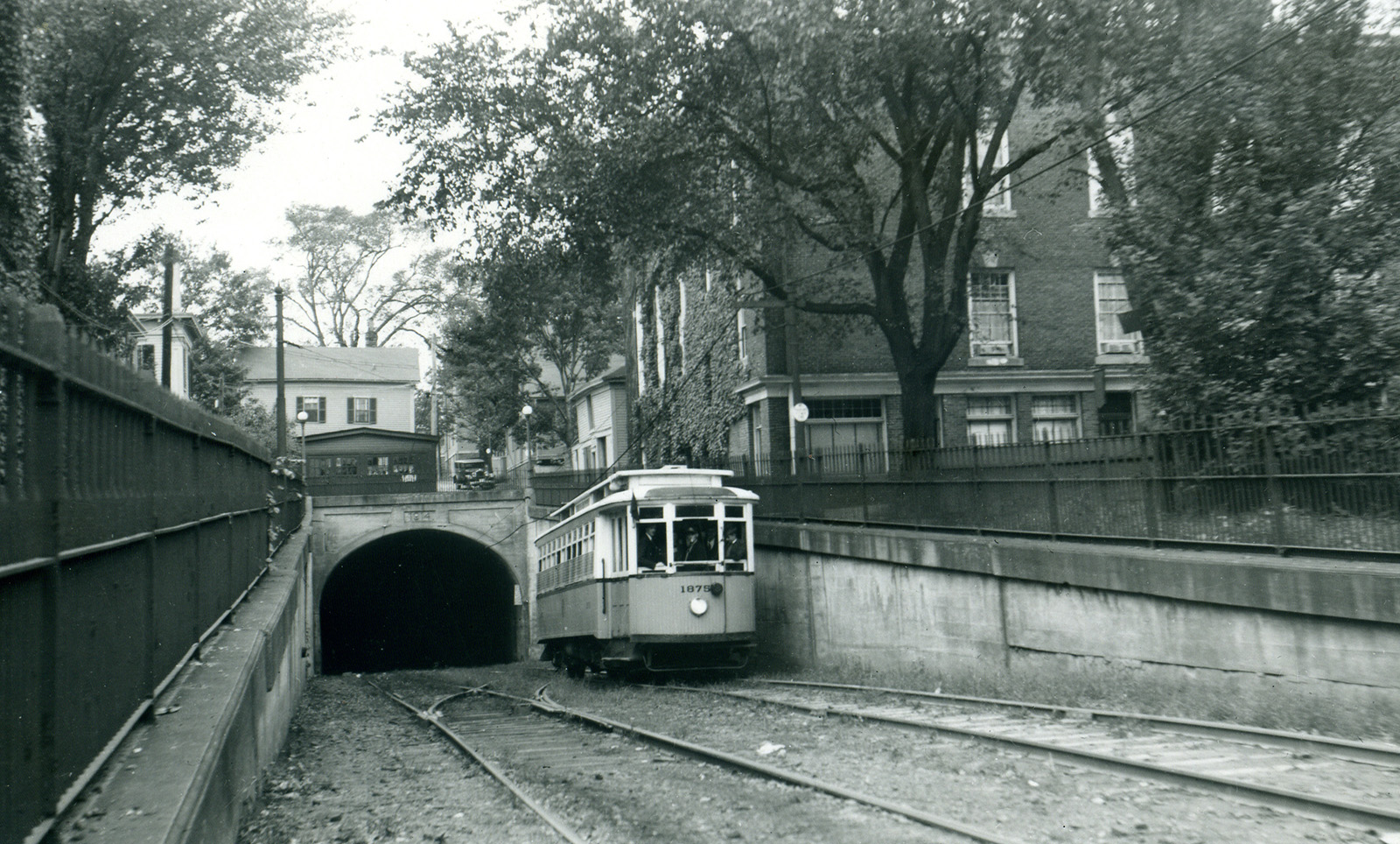
To address the situation, the city drilled a giant hole through the hill in 1914, creating what is now known as the East Side Bus Tunnel.
The tunnel was decades in the making, Molloy said. He discusses the struggle to bring transit to the city’s highest neighborhood in his book, “Trolley Wars.
Originally, tracks ran through the tunnel to accommodate trolleys, the last of which ceased to operate in 1948. Since then, it has accommodated buses, as well as the occasional trespasser.
Only a few days after the tunnel opened to buses in July 1948, police arrested the first motorist operating under the hill, leading to a city ordinance “prohibiting trespassing a foot or behind the wheel,” in the tunnel, according to a Providence Journal article from the time.
Getting arrested isn’t the worst fate for those who enter the tunnel illegally; The Journal’s archives also chronicle several crashes and a few fatalities in the tunnel over the years.
“I drove the bus through there many a time, and you always kind of held your breath,” said Molloy, recalling his time as a Rhode Island Public Transit Authority driver. Passing another bus through the narrow tunnel felt tight, he said.
The tunnel is damp, with water seeping in, making the roadway slippery, according to Molloy.
“You have to be very careful not to lose control, and if you’re going down from the East Side, downtown, you can pick up quite a bit of speed if you’re not careful as you descend, because there’s still a steep grade nonetheless,” he said.
Despite the tragedies the tunnel has witnessed, there are lighter stories Molloy remembers that predate his driving days. Attending Hope High School in the 1960s, Molloy said kids would walk or run through the tunnel from top to bottom.
“You get running on a hill that’s steep, boy, you can fly,” he said.
“It’s a strange atmosphere in there,” Molloy continued, describing the recesses that mark the tunnel every hundred feet or so and seem like they should host statues “Almost looks like a catacomb.”
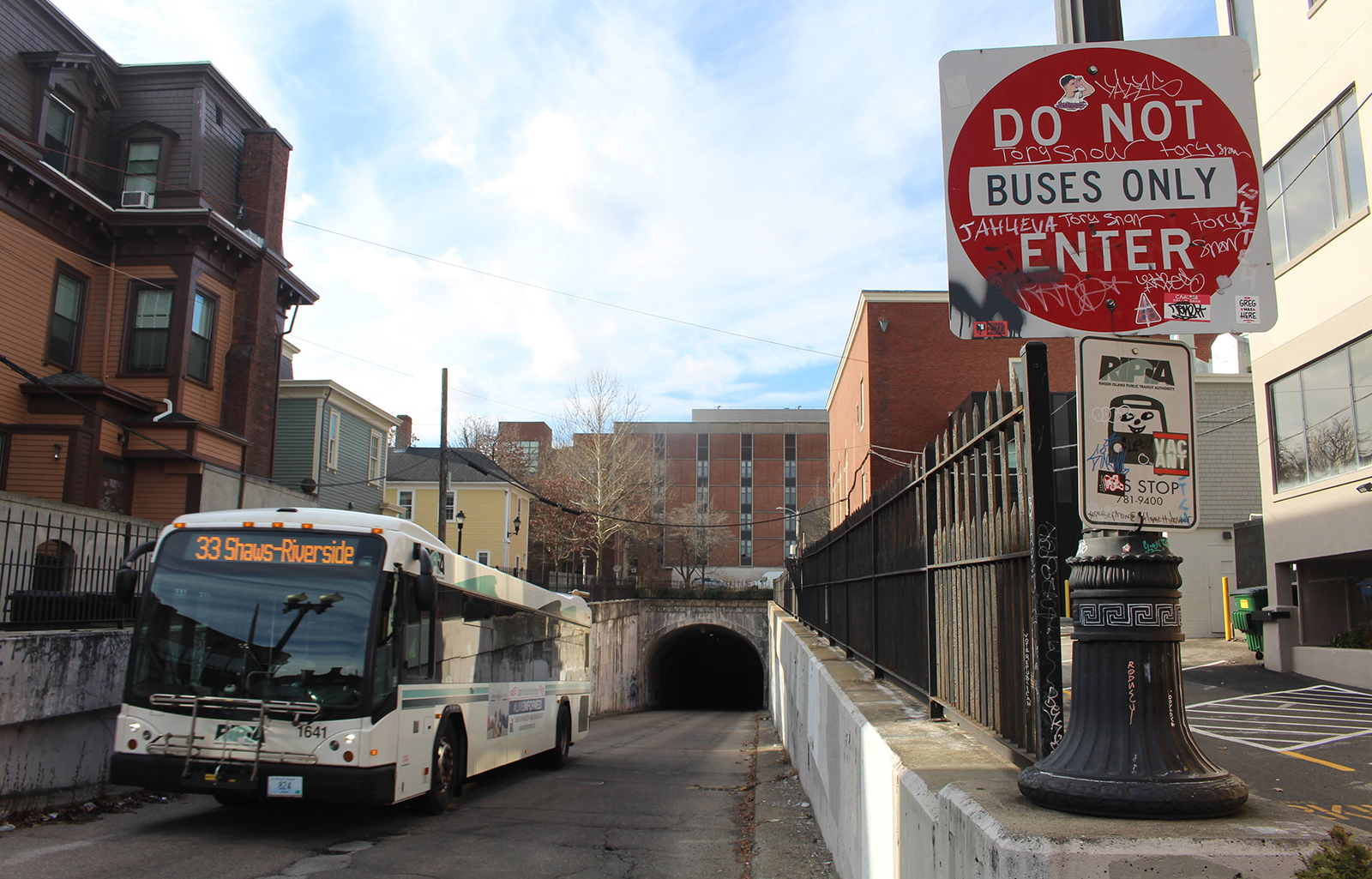
The tunnel’s eeriness, along with gentler grade, have drawn many to the transit passage over the years, so much so that it’s become a sort of rite of passage for locals.
In 2004, a parade of hundreds of student pillow fighters marching down the tunnel to the bottom of the hill, after causing a ruckus on Thayer Street, were met by police. The students, largely from the Rhode Island School of Design, chucked water balloons at them.
Eventually, as the students tore through the city, The Providence Journal recorded that police had to use pepper spray to subdue them, arresting one person for throwing quarters at police.
In 1991, a few RISD students, again, set up an “art installation” at the bus shelter at the North Main Street end of the tunnel, using real furniture because the shelter bench was broken.
During the Blizzard of ’78, the fundamental rule of the bus tunnel — that nothing but buses should pass through it — was broken when pedestrians were allowed to use it to get through Providence’s car-jammed and snow-packed streets.
“The tunnel itself is a hill; it’s damp and scary but wonderfully snowless,” Judith Weiss Cohen recalled in a first-person account for The Journal 15 years after the monumental storm.
Some of those markers that have drawn trespassers into the tunnel won’t remain after renovations are completed later this year, according to John Plouffe, RIPTA’s capital project manager.
“This is JV graffiti here,” said Plouffe, drawing attention to some illegible handwriting on the wall of the tunnel as he led the walk through. “This isn’t your varsity team.”
Workers will coat the walls with anti-graffiti paint that causes tags to drip down the surface rather than stick.
The little enclaves that Molloy said reminded him of a mausoleum will be filled in; they had been left from when the tunnel was for trolleys.
As Plouffe spoke, his voice echoed slightly. A few stalactites that formed where water seeps in through tunnel’s walls dripped onto this reporter’s head.
Workers will also fix the drainage system made of collapsed clay pipes that turn the tunnel itself one big, slick water pipe when it rains.
Small lights hung from the ceiling, but only add a dingy glow to anything in the tunnel; the yellow vests of the construction workers glowed the brightest.
The lighting system, along with the roadway, will be replaced.
Whether the improvements — which also include shoring up steel work, fireproofing the tunnel, and restoring the bus shelter at the bottom of the hill to its 1914 glory — actually deter future pillow fighters or high school students, remains to be seen.
But they will ensure that buses and riders who usually travel through the tunnel everyday can continue to do so safely for years to come.
RIPTA’s current schedule has six different routes making more than 200 trips total through the tunnel daily, according to agency spokesperson. That adds up to about 320,000 passengers passing under the hill annually.
From late March to September, while the tunnel is scheduled to be closed, they will have to make their way up, not through, the hill, the old-fashioned way.
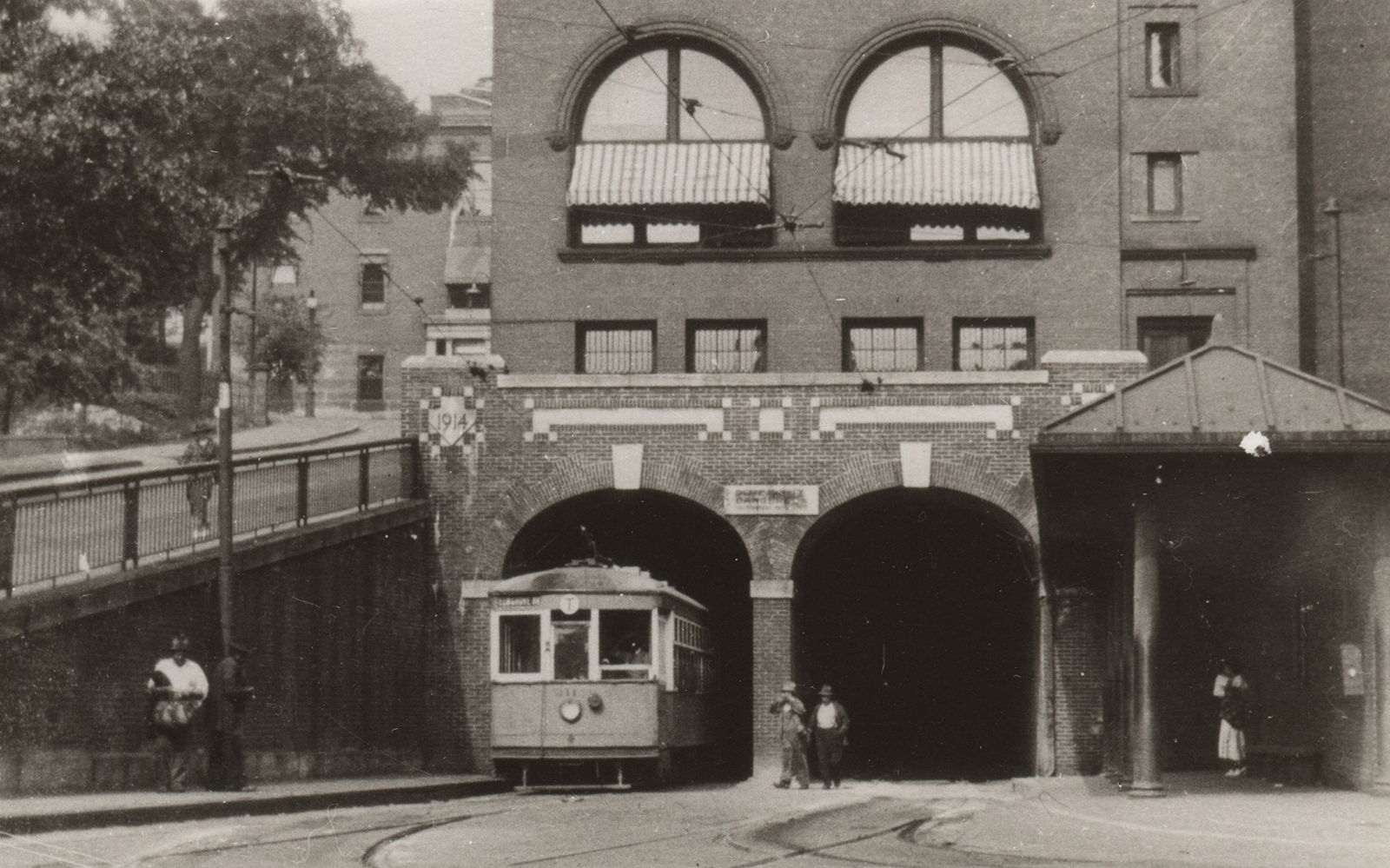

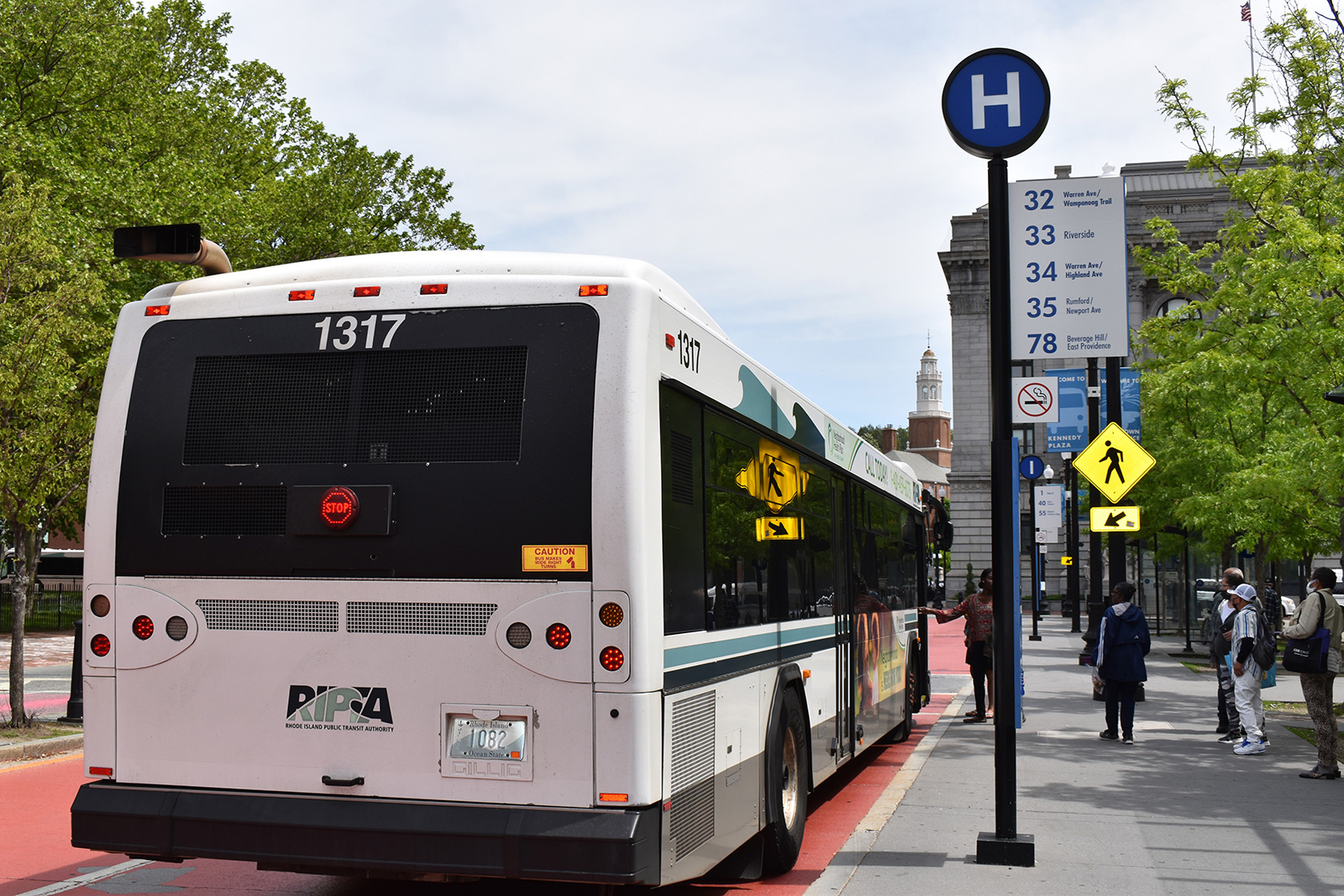
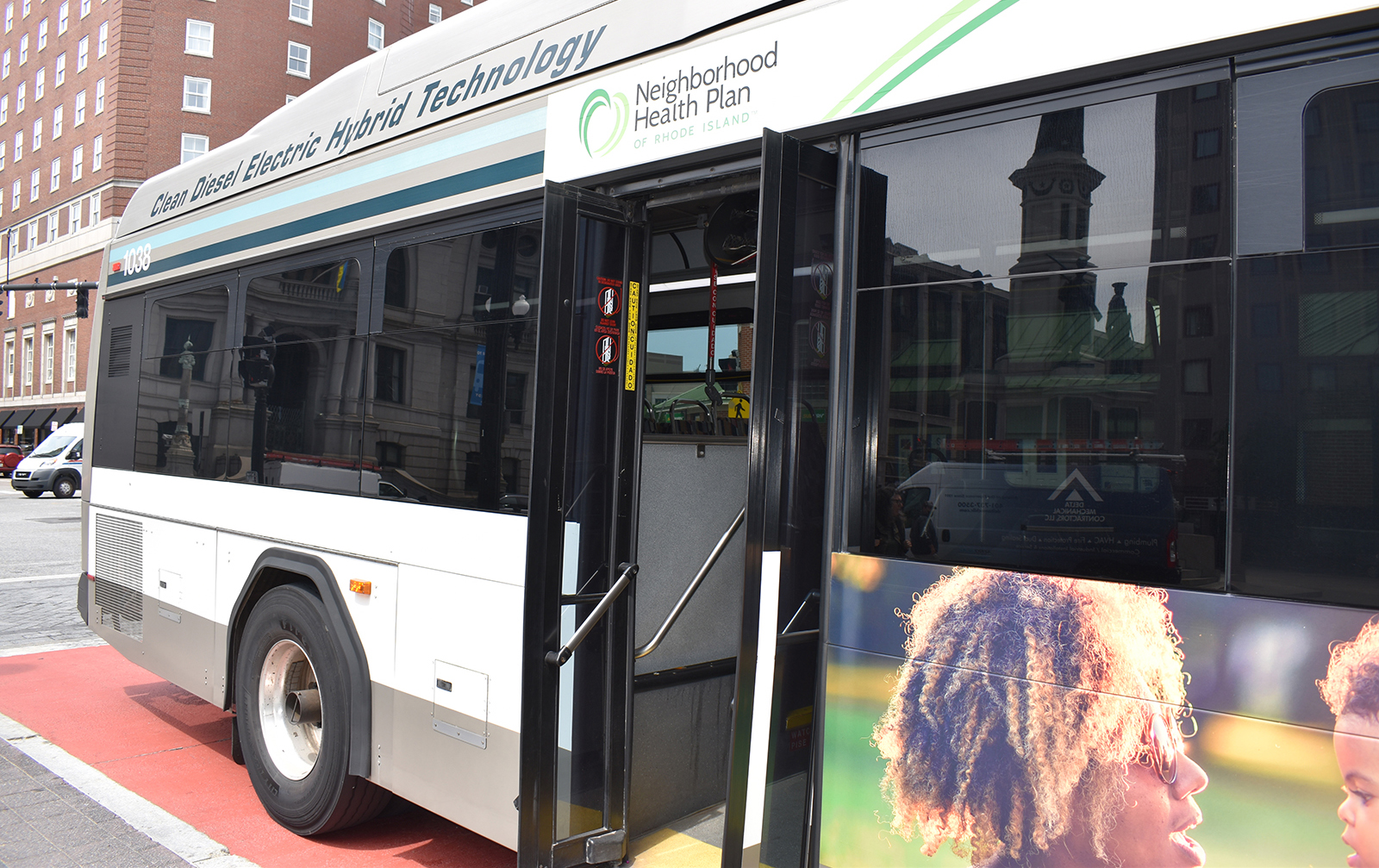
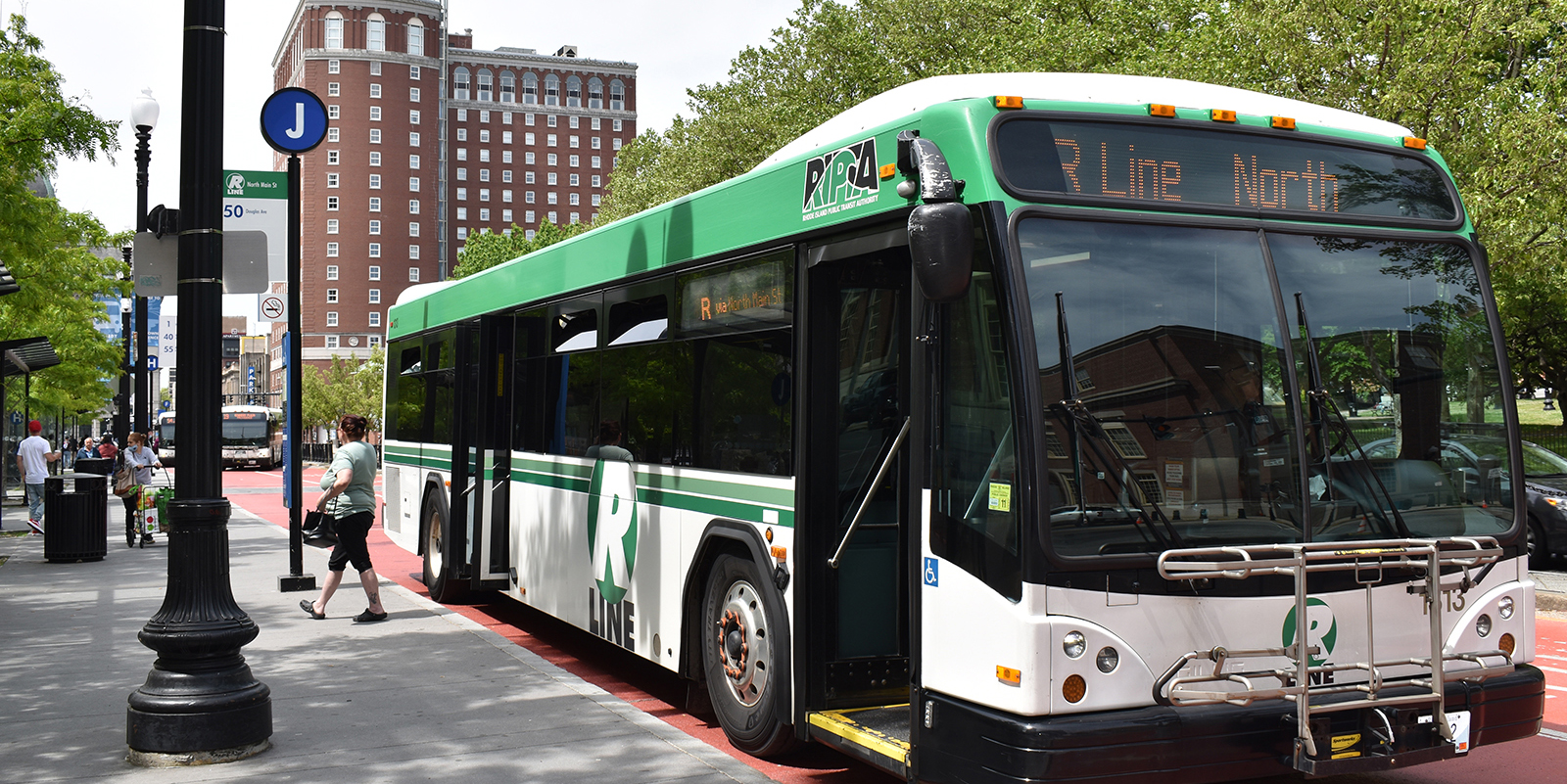
Nice article. Thanks!
The question is what will RIPTA do with the damaged bus shelter at the base of the tunnel just off North Main Street. I looked at the plan pages at the RIPTA web site and no mention was made of it.
https://www.golocalprov.com/news/new-serious-accident-at-east-side-ripta-tunnel-in-providence
A RIPTA bus driver plowed into the shelter in May 2016 and the broken column was never repaired, just some dark painted cribbing and vertical lumber used to shore it up. The shelter has a one of a kind quirky motif consisting of glued on sea shells. Perhaps it was a RISD art project.
It has fallen apart further and has been vandalized with graffiti. I guess it will never be restored to its previous state. Perhaps RIPTA will replace it with another of their modern metal and glass monstrosities similar to their pillage of Kennedy Plaza structures.